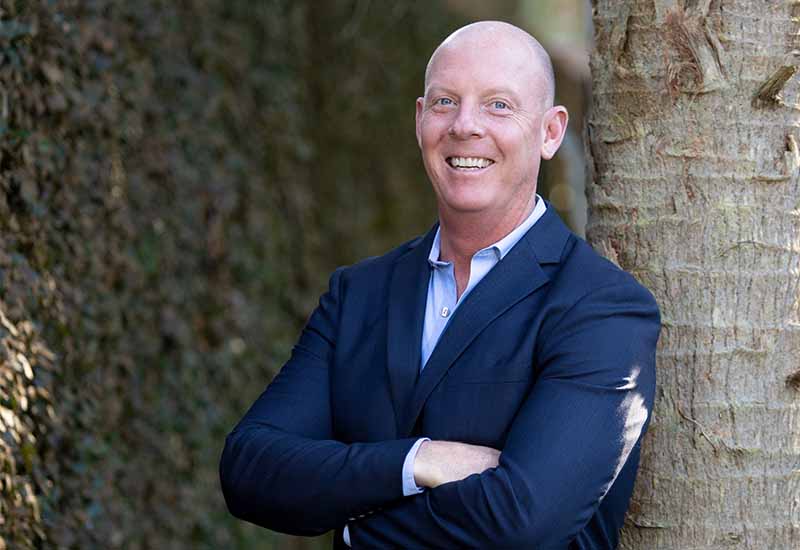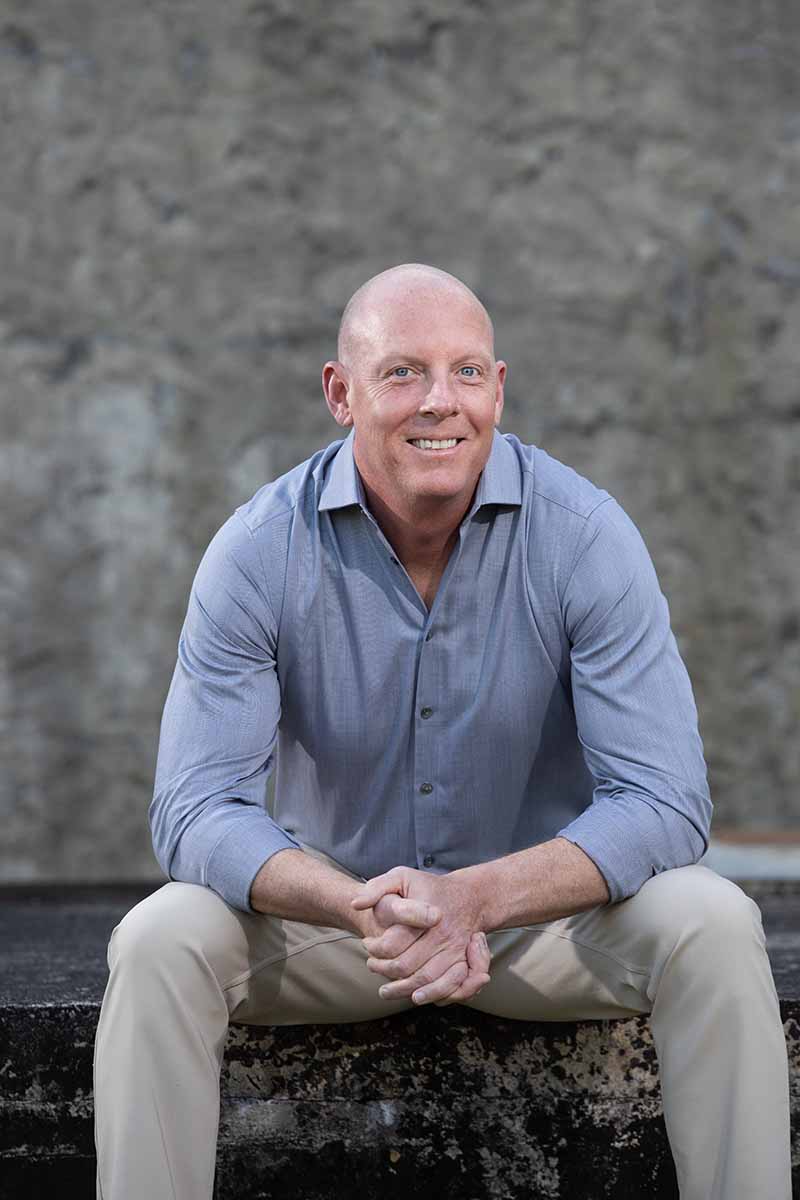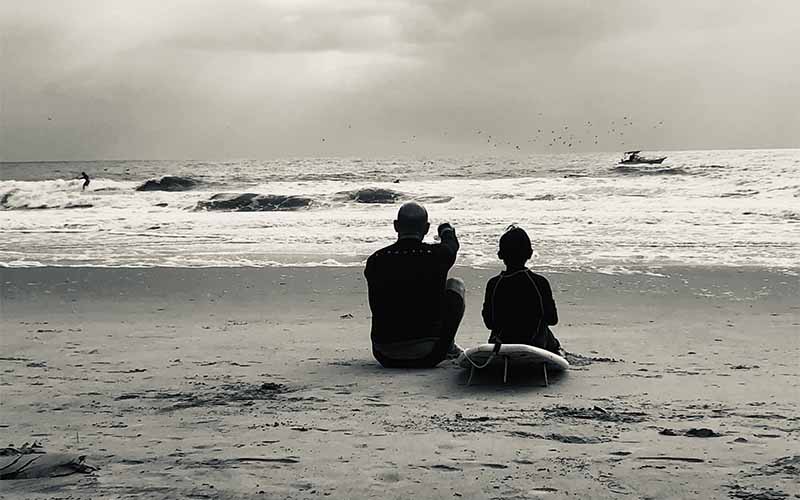
Kenneth Ryan, Vice President of Global Wellness, Spa and Fitness Operations for Marriott International, talked with Spa Executive about a range of topics, including what it takes to be a successful leader in spa & wellness.
Kenneth Ryan is the Vice President of Global Wellness, Spa and Fitness Operations for Marriott International, the world’s largest hotel spa operator
In his role, Mr. Ryan drives the design and development of global programs for over 500 spas for brands that include, but are not limited to, The St. Regis, The Ritz-Carlton, W Hotels, and JW Marriott. He also directs fitness center design and programs for Marriott International across all 30 hotel brands and has led the creation of Wellness Programs for the JW Marriott brand, designing and launching traveler-focused fitness videos, a wellness book, wellness retreats and a mobile fitness application. On top of that, Mr. Ryan plans to add more than 90 on-brand spa projects to Marriott’s portfolio over the next four years.
An iconic figure in the hospitality industry, Mr. Ryan began his career more than 20 years ago and has served as Spa Director for several of the world’s leading resort destinations. Before joining Marriott in 2011, he was in charge of Fairmont Hotels’ North American spa operations.
We talked with Mr. Ryan about leadership, retail, technology and more.

Please talk about your career trajectory and how you came to be doing what you are today.
My first job in spa and wellness was working for the JW Marriott Camelback Inn Spa in Scottsdale, Arizona more than two decades ago.
I had been managing a small hotel in New Jersey and I was actually applying for a front office management position. At that time I had listed my personal interest in fitness & wellness on my resume and that I had worked in health and fitness when I was in school, and they said to me, “we have a spa here at our resort. We have a position available there. Would you like to try it?” That was my official foray into spa operations. I began at the bottom in operations checking people in and out and cleaning the locker rooms.
In my previous position, business travelers would check into the hotel and run up to the room to call in their sales orders for the day, then go hit the lounge. I never had much interaction with them. As I moved on to Camelback Inn Spa, I saw these powerful executives coming into our spa totally frazzled. They’d spend the week with us and I’d get to know them, and I would see the transformation come over them during that time. It was amazing. I never would’ve thought in a million years – and neither would anyone who knew me as a kid growing up – that this is what I would love doing.
I worked on property in spa operations for 14 or 15 years overseeing all aspects of the spa. I grew up in the industry and was fortunate enough to keep advancing, eventually obtaining the position that I have today. I love the complexity of the business, the problem solving, the creativity, and the strategic aspect of it. There are a thousand things going on at any given time and each one impacts the guest experience and moves the business forward.
Do you have an overarching wellness concept at Marriott or does it differ across properties?
We look at spa and wellness from a brand’s lens point of view. How we design spa and wellness for The Ritz-Carlton is different from how we design wellness for The St. Regis, which is different from how we design wellness for W Hotels. Each of our brands has a very specific customer experience. They know their customers, and we align the spa and wellness experience with the customer’s expectation when interacting with that brand. The Ritz-Carlton and W Hotels are both luxury products, but one’s distinctive lifestyle, luxury and one’s classic luxury. How the customer experiences those hotels, and what they’re looking for is different.
What does it take to be a leader in spa and wellness at your level?
Being willing and able to go to battle to realize your vision. Part of my role is being the voice of our spas and our spa teams and going to bat with hotel owners and executives on their behalf, to get them the resources and support they need. I’m also the champion for our brand spa concepts. These days, because wellness is so mainstream, everybody’s got a very personal perspective on fitness and wellness which adds complexity. Sometimes we have to remind them that the branded spa concept is an extension of the hotel brand and the expected guest experience.
We also have to ensure that we stay connected with the teams working in the spas and can be the voice of our staff and leaders, applying their needs and voice to future areas of development across the company.
Spas often struggle with retail. Sephora alone, for example, does more retail revenue than the entire spa industry. Do you have any insight into why this is and how to solve the problem?
I’ve learned that retail is very much a science. The more I work with the experts, the more I realize how much expertise there is in it. There’s a behavior in how people shop. There’s a reason why Sephora is successful. There is a science to everything they do, there’s a science to the way the store is lit, to the planogram and how it’s laid out, to the way they allow people to test and play with the product. When you work with retail experts, you see it, and we, as an industry, are not necessarily doing that. There’s opportunity for retail to get better by providing more education and guidance, and bringing in the people who do it well.
I am also very interested in how we bring technology into this retail/spa space. I am actively exploring ways we can make shopping easier for our consumers that better align with how they shop today in the digital space.
What challenges will the spa and hospitality industries face in the foreseeable future?
The biggest industry challenge has been compounded during recent times, and that is our ability to attract young people to become therapists and join the industry. We have been short staffed for some time and now, due to COVID, many therapists have left the industry and have taken different career paths.
I anticipate this will continue and will make it difficult for us to meet the growing needs of our industry. Wellness and travel are at the forefront for consumers, demand for our services will grow, and we are going to struggle to meet that demand because we are not going to have the staff.
The industry needs to come together and promote wellness as a career path in high schools and vocational schools, highlighting the benefits. We also need to listen to our current therapist needs and ensure they are being met.
Have you found yourself relying more on technology lately?
The transformation that has happened in this last year is incredible. Fitness centers that closed quickly got their technology together to do video classes, 71,000 new health, wellness and fitness apps launched in 2020, and so much more.
We’re working on technology in the spa space and how we can make the whole experience more transformational. It should be less about the transaction and more about the experience. I love those functions and features that make that possible. That’s huge and I think people want that. Guests like the convenience of ordering products and having them delivered to your car or curbside. We learned that behavior now, and we’re comfortable with it. There’s a way to integrate that into the spa experience.
I’ve been a champion of online booking for spa for at least eight or nine years. If you’re a spa today, you absolutely have to be in the online booking space. Guests want the freedom to be able to get things done in their time and at their leisure, and not be confined to actually calling when the spa is open or waiting on hold.
What industry developments or movements are you excited about?
I’m excited about the growth and development within our company. I am working on at least 25 new spa build projects right now. We’re going to open at least 15 spas in 2021. I’ve got projects from Mexico City, to Bermuda, to China, to Dubai, and to Texas. Everything looks positive. That’s huge. I’m also excited that we’re getting ready to launch two new spa concepts for The St. Regis and W Hotels brands.
I also love the evolution of the spa experience. It used to be that spa was this quiet, sleepy type of space, and it could only be Zen. Now we’re creating modernized experiences that are social and fun.

If you could give one piece of advice to a spa and wellness directors, what would it be?
Go above and beyond – work to the level of the position you want, not the one you are paid for – practice self care and nourish your mind with positivity and that’s what will return to you.
We looked into our crystal ball and predicted the future for the year ahead. Subscribe to our newsletter and download our special report on the trends we’ll be watching: Nine spa and wellness trends for 2021. Download here.
Spa Executive is published by Book4Time, the leader in guest management, revenue and mobile solutions for the most exclusive spas, hotels, and resorts around the globe. Learn more at book4time.com.





Frank. Insightful and open to change! Visionary. Great read
Great article and insights, Kenneth!!